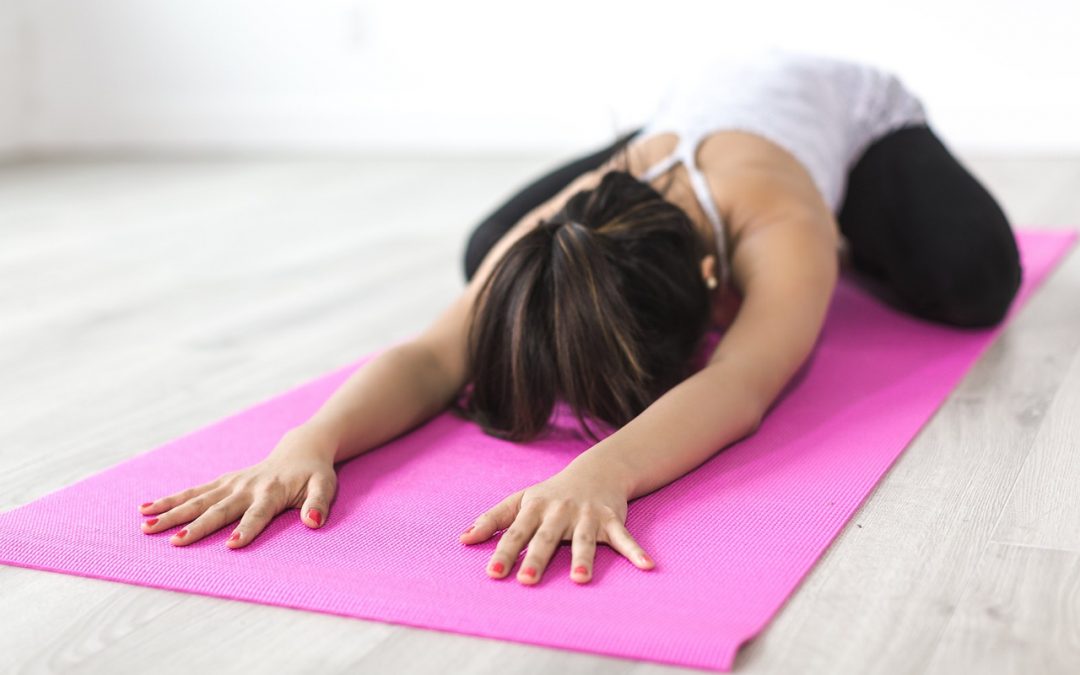Have you ever heard someone describe themselves as hypermobile and wondered what exactly that means? According to www.healthline.com, hypermobility is when a person can extend their joints beyond the normal range of motion. Usually, this occurs because the ligaments, the muscles around the joint, and the joint capsule itself are too loose. Most people that have hypermobile joints will never even notice that their joints extend beyond the normal range, but if you have a history as a gymnast, dancer, or athlete, you may notice that some, or all of your joints are hypermobile.
An easy way to test to see if you have hypermobile joins is through the 9-point Beighton Score Test
A score of 4 or more on the following questions is considered a sign of joint hypermobility. Let’s see how you do!
- Can you place your palms on the ground while standing and bending forward with straight knees? (yes = 1 point)
- Can you extend your elbow/knee by 10 degrees? This looks like a curved line when you lock your elbow/knee. (1 point for each joint that you said yes to)
- Can you bend your thumb to your forearm when your wrist is flexed? (1 point for each thumb)
- Can you extend your pinky finger beyond 90 degrees? (1 point for each pinky)
Remember, if you got a score of 4 or more, you are most likely hypermobile. {Disclaimer: for a more thorough and complete joint analysis, please see a medical professional!}
So what exactly does hypermobility mean when it comes to your yoga practice? While there are no conclusive studies on hypermobility and its effects on yoga or fitness, there are some ways to protect yourself.
Micro-bend, micro-bend, micro-bend!
Whenever a pose calls for straight limbs, take a micro-bend (small bend) in your joints. Think about plank pose, where you bear your weight on straight arms. Instead of hyperextending your hypermobile joints, take that small bend to force your muscles to do the work and keep those joints stable. Other poses that benefit from that slight bend are triangle pose, downward facing dog, pyramid pose, high lunge pose, and warrior III pose.
Resist over-stretching!
In poses where others are making a deep stretch their goal, hypermobile yogis should resist that urge to over-stetch. For example, in seated forward fold, resist the urge to reach all the way deep into the pose, and instead, activate your muscles to keep your joints supported and prevent hyperextension.
Look to your feet!
In standing poses like warrior II and extended side angle pose, press your front heel into the ground with intention, in order to activate your glutei and take the pressure off of your hypermobile knee joint. In straight-legged poses like standing half moon, warrior III, and pyramid pose, switch your weight from your heel to the ball of your foot in order to engage your hamstrings and prevent hyperextension in the knee.
Tuck your pelvis under!
In poses like plank, take that extra time to intentionally tuck your pelvis under and pull your belly button inwards to take that pressure off of your arms and focus it into your core. Not only will you feel the pose as a more concentrated and targeted abdominal exercise, but you’ll prevent hyperextension in your elbows. This also works for poses like downward facing dog.
Check your knees!
In standing poses where your knees are bent, like chair pose, lunge, and the front leg in warrior I and II, make sure to check the alignment of your knees and your ankles. Make sure that your knee doesn’t go past your ankle, both in a forward and back direction as well as from side-to-side. This helps to maintain the integrity of the joint and focus your energy into your thigh where it belongs.
Need more modifications for your hypermobile joints? Ask one of our amazing instructors for tips on how to protect yourself at your next class!

